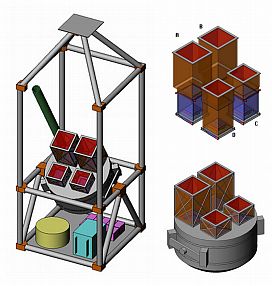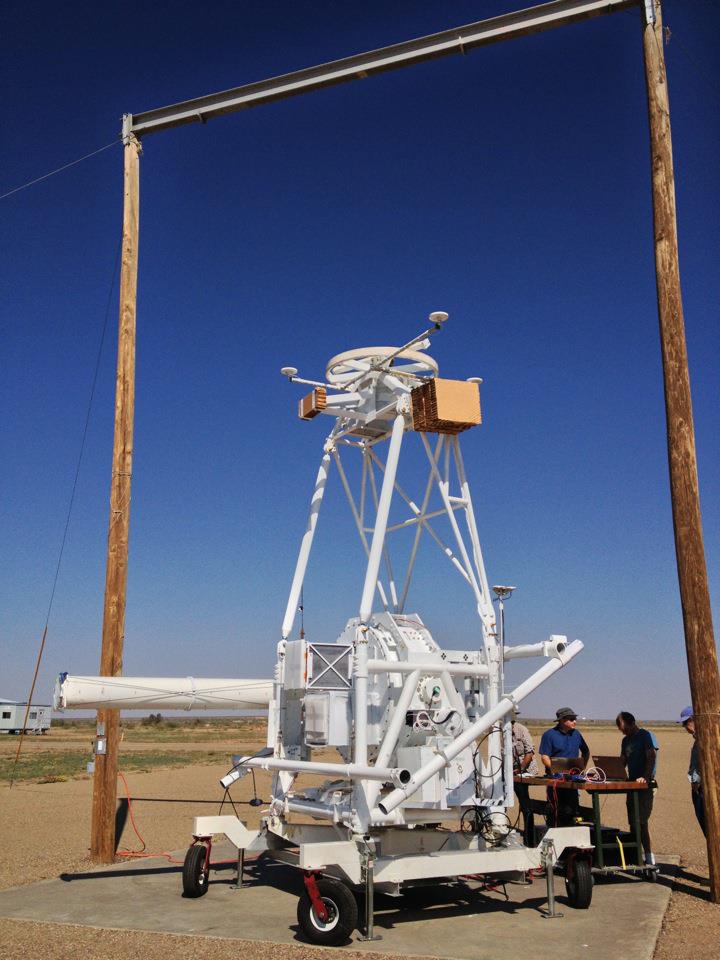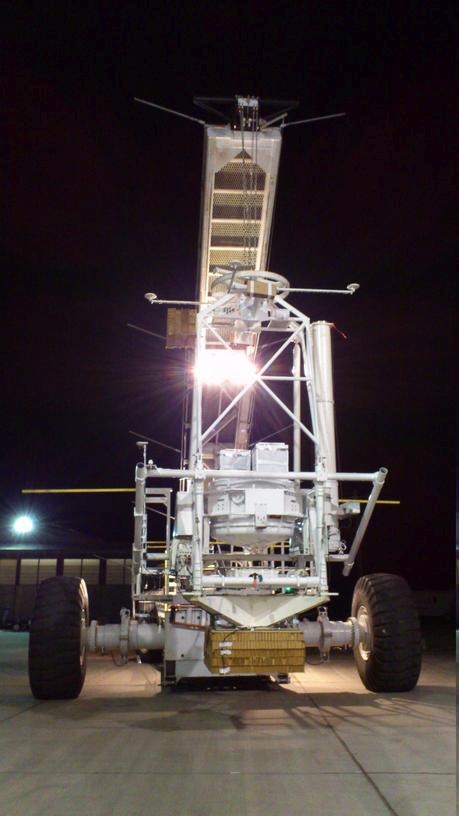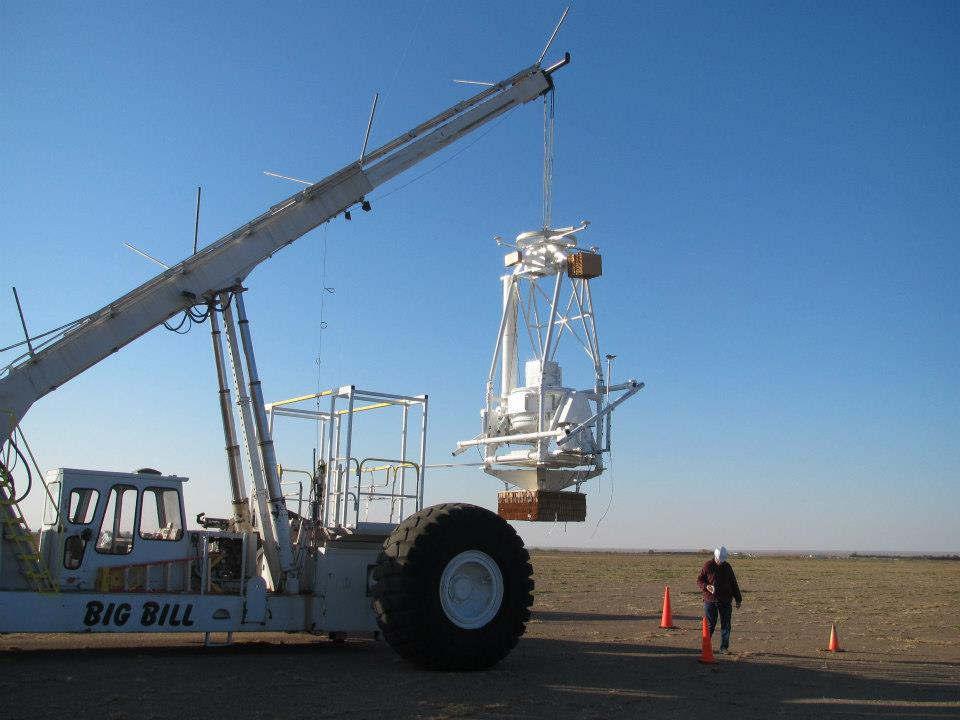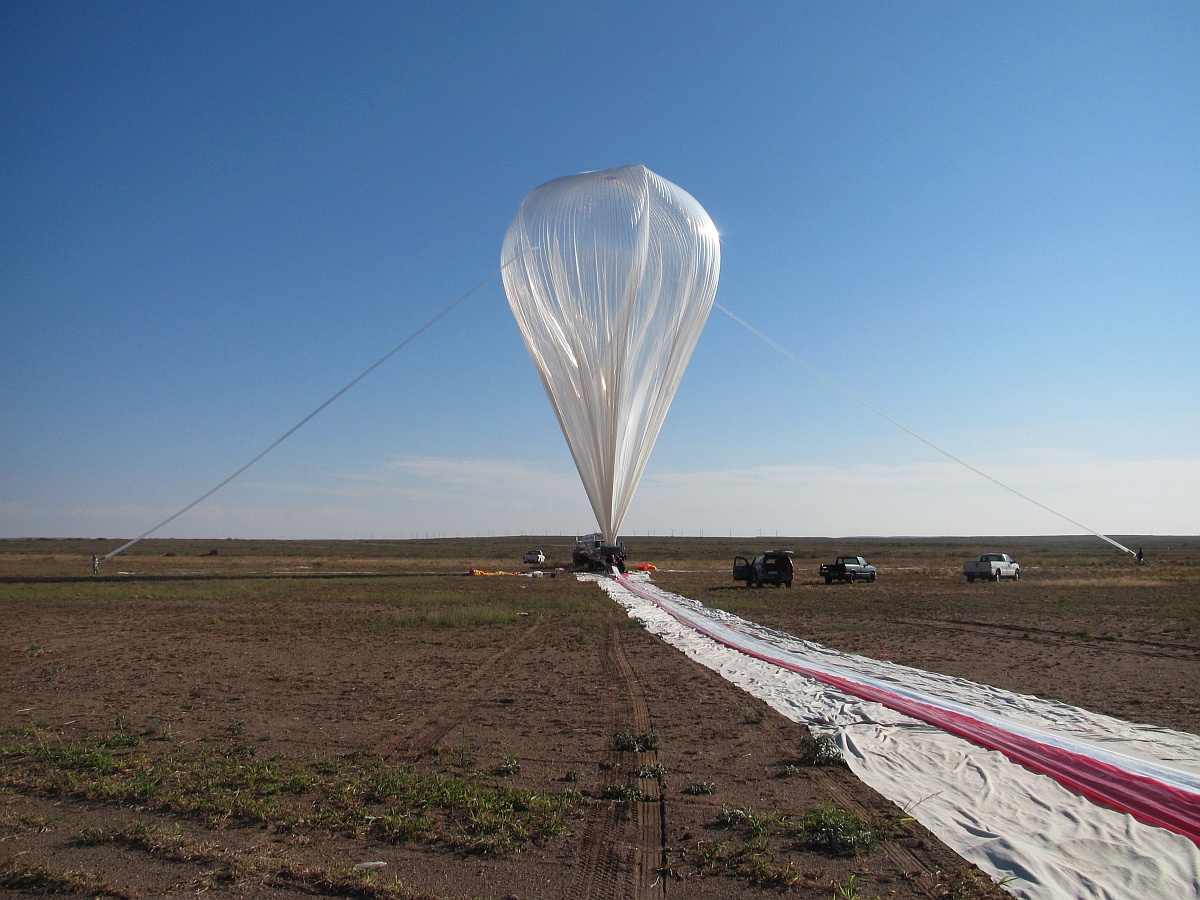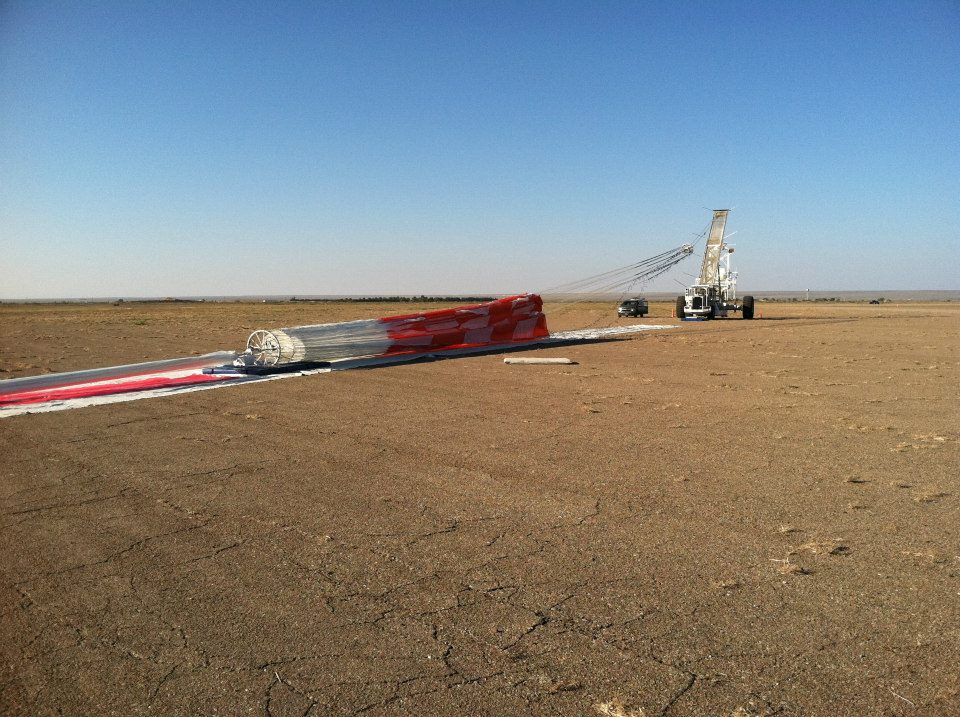Purpose of the flight and payload description
ProtoEXIST is a first-generation balloon-borne wide-field hard X-ray telescope experiment, employing the coded-aperture imaging technique and using Cadmium-Zinc-Telluride (CZT) detectors. It is a technology pathfinder for the High Energy Telescope (HET) in the Energetic X-ray Imaging Survey telescope (EXIST) which is a proposed implementation of the Black Hole Finder Probe under NASA's Beyond Einstein Program. Some of the EXIST goals are to detect and identify highly obscured black holes, red-shifted Gamma-Ray Bursts and other interesting X-ray sources in the sky.
As a technology test bench for HET, the primary goals for ProtoEXIST program are to demonstrate the technology of large area, close-tiled modules of imaging CZT detectors, to determine their background properties in near space environment, to identify the optimal shielding configuration and demonstrate the high performance of scanning coded-aperture telescopes.
The figure on the left show the ProtoEXIST gondola, with four coded-mask telescopes, star camera and support electronics. The telescopes are mounted in an offset elevation pivot that allows direct zenith observation without interference from the balloon rotator or flight train.
All four telescopes point at the same section of the sky and have identical CZT detector planes (16x16 cm2 each, 0.5 cm thick) to simplify the comparison of the performance of the different shielding configurations. Each detector plane is surrounded by shields. In the scheme at left, these are identified by colours. Four telescopes have an identical rear CsI active shield (blue). On regard the sides, there are two types of shielding configurations: two telescopes (A, C) with the combination of CsI active (blue) and Pb-Sn-Cu passive shields (light brown), and the other two (B, D) with Pb-Sn-Cu passive shields only. Also there are two types of Fields of View (FoVs): narrow FoV (A, B) and wide FoV (C, D). This two by two configuration allows a better identification of each internal or difusse background component.
As well known, coded-aperture imaging and hard X-ray spectroscopy require positional sensitive detectors with enough energy resolution. Over the last decade, CZT has become the most promising material for hard X-ray detectors for multiple reasons. Its high atomic number elements efficiently stop X-rays at reasonable thickness. They provide energy resolution substantially superior than conventional scintillators approaching to values generally obtained with Germanium spectrometers. Last but not least, they can be operated at room temperature making them very attractive to avoid the use of complex cooling devices.
To build the coded masks placed in front of the detectors, five layers of Tungsten plates (1 mm thick each) are laminated while the mask pattern is generated by a laser etching technique. The use of the same mask pixel size provide similar positional resolution for all four telescopes allowing easy comparison of imaging performance among different configurations.
The pressure vessel is a 1.2m diameter, 50 cm tall cylinder. To allow a such reduced size was necessary to mount the masks and the upper portion of the passive side shields on top of it, over four X-ray entrance windows. The cylinder also houses four electronic boxes, the flight computer module, the shield electronics module, the calibration source electronics box and the batteries.
Video of the launch operations
Details of the balloon flight
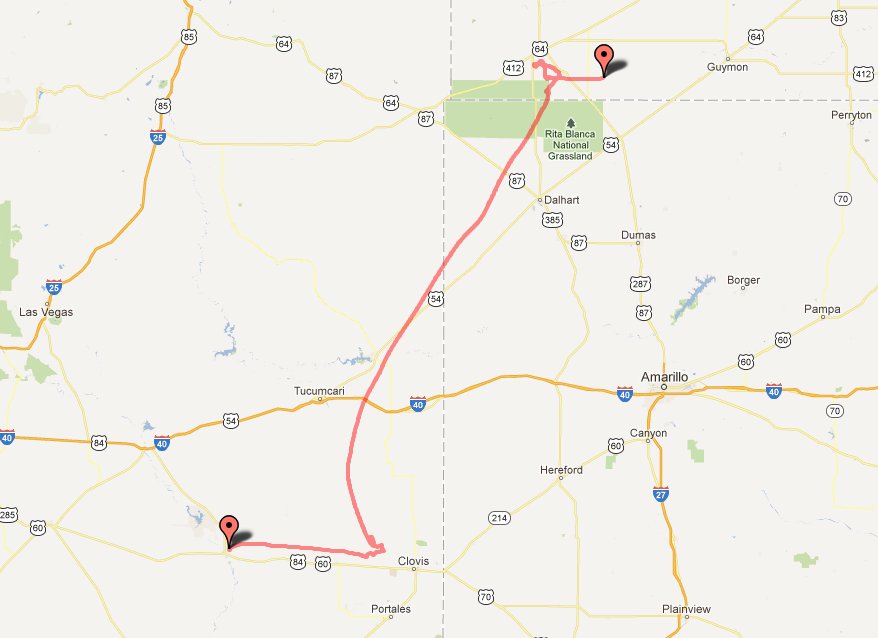
Balloon launched on: 10/10/2012 at 15:30 utc
Launch site: Scientific Flight Balloon Facility, Fort Sumner, (NM), US
Balloon launched by: Columbia Scientific Balloon Facility (CSBF)
Balloon manufacturer/size/composition: Zero Pressure Balloon
Flight identification number: 636N
End of flight (L for landing time, W for last contact, otherwise termination time): 10/11/2012 at 2:21 utc
Balloon flight duration (F: time at float only, otherwise total flight time in d:days / h:hours or m:minutes - ): 11 h 35 m
Landing site: S of Boise, Oklahoma, US
The balloon was launched as mission 636N using the dynamic method at 15:31 utc on October 10, 2012. The flight path followed by the craft took the telescope over eastern New Mexico, crossing the Texas Panhandle and then over western Oklahoma.
The flight was terminated on October 11, 2012 at 2:21 utc and the payload landed in a spot south of Boise, Oklahoma. Total flight time was 11 hours and 35 minutes.
Next day were performed the recovery operation of the payload as well the balloon disposal.
External references
- Imaging Analysis of the Hard X-ray Telescope ProtoEXIST2 and New Techniques for High Resolution Coded Aperture Telescopes The Astronomical Journal, Volume 153, Issue 1, article id.11
- The high resolution X-ray imaging detector planes for the MIRAX mission Accepted for publication in IEEE Transactions on Nuclear Science (TNS)
- Tiled Array of Pixelated CZT Imaging Detectors for ProtoEXIST2 and MIRAX-HXI IEEE Transactions on Nuclear Science, vol. 60, issue 6, p 4610
11507If you consider this website interesting or useful, you can help me to keep it up and running with a small donation to cover the operational costs. Just the equivalent of the price of a cup of coffee helps a lot.

